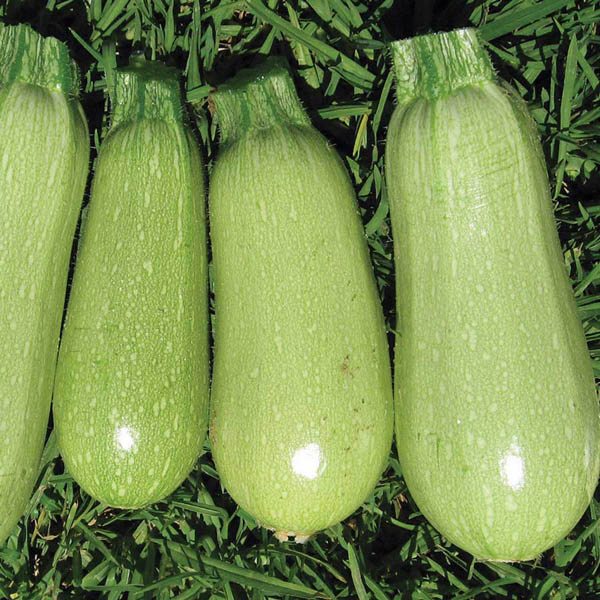
The Aussie Backyard Bird Count
We've been doing some Bird Watching and twitching this week and entering our findings on the Aussie Backyard Bird Count app, which has been remarkably easy to use and a lot of fun. Unfortunately it finishes today. I missed doing it the on first two days, which didn't matter at all and then once I worked out how to use the app it was easy. Mr. HRK is the more knowledgeable twitcher in our family, however this has been great not only for contributing to a better understanding of the populations of Australian birds and aiding with their conservation nationally, but also increasing my knowledge of the bird population in our very own backyard and frontyard. The watching and counting was done at 20 minute intervals, so armed with our Bird identification book and my phone on which the app is loaded, we sat out in the cool of the afternoon near the bird bath mostly, and managed to identify and name correctly all of the birds we saw. There is also a Bird Identification section on the app however I found it easier to use our book.The following photos are the ones off the app, from just one of the sessions although photos didn't appear for the Torresian Imperial Pigeon or the Yellow Honeyeater. Each day we identified a couple of additional species and at this point in time in our backyard, we have sighted 17 different bird species, and 111 birds. Throughout Australia, 628 different species have been identified; 1,812,067 birds have been sighted; and 52,602 Checklists have been submitted. What a great effort.
 |
| Rainbow Lorikeet |
 |
| Willie Wagtail |
 |
| Magpie Lark |
 |
| Australasian Figbird |
 |
| Brown Honeyeater |
 |
| Noisy Friarbird |
 |
| Torresian Crow |
 |
| Spotted Dove |

It might seem strange to you that I am also writing about soup as we enter into Summer here in our Great Southern Land. I made this when there were lingering rain showers, and the evenings were really cool. We had also been eating a lot of meat for various reasons, and I felt the need for as many healthy vegetables as possible and also healthy spices such as ginger and turmeric, which I have a lot of in my pantry. As carrots have been in abundance, and I had quite a few carrots still lurking in my frig, this soup came together nicely on a coolish night. This also reminds me of how our neighbours in the Northern Hemisphere are experiencing cooler evenings now.
I hope you enjoy it and give it a try.
Carrot, Ginger and Turmeric Soup
Ingredients:3 tbsp olive oil
1 red or white onion
2 tsp ground turmeric, or a piece of fresh root, about 2cm.
1 tbsp root ginger, chopped, about 35g will give the right amount of heat
2 garlic cloves, chopped (depending on the size of the clove)
500g carrots, thinly sliced or into chopped into 2cm chunks
400ml good quality, preferably homemade Chicken stock
Juice of 1 lime
Method:
Sweat the onion in olive oil with a large pinch of salt in a large pan, for 5 minutes
Add the turmeric, ginger and garlic and cook for 1-2 minutes.

Add the carrots and stir in the stock.

Bring the mixture to the boil, then reduce the heat and allow to simmer covered, for about 25 minutes.
If you like a smoother soup and I do, blend the soup with a hand blender until there are no lumps.
If you think the soup is too thick for your tastes, add the lime juice, more stock and water and then some organic Coconut Milk until it is the desired consistency.
It is nice to finish off the soup for serving with a swirl of Coconut Milk anyway.
Season with rock salt and white or black pepper to taste.
Serve with some chopped parsley or mint.
Best wishes
Pauline



/vanillaorchid-58ed14705f9b58f11943be76.jpg)






























